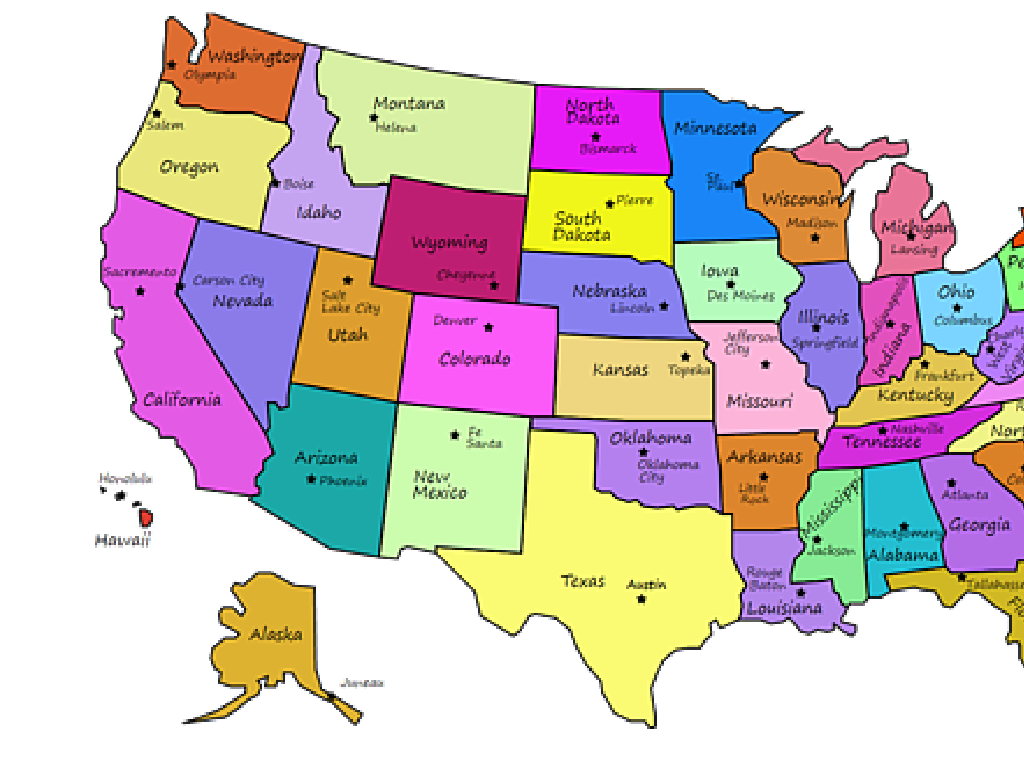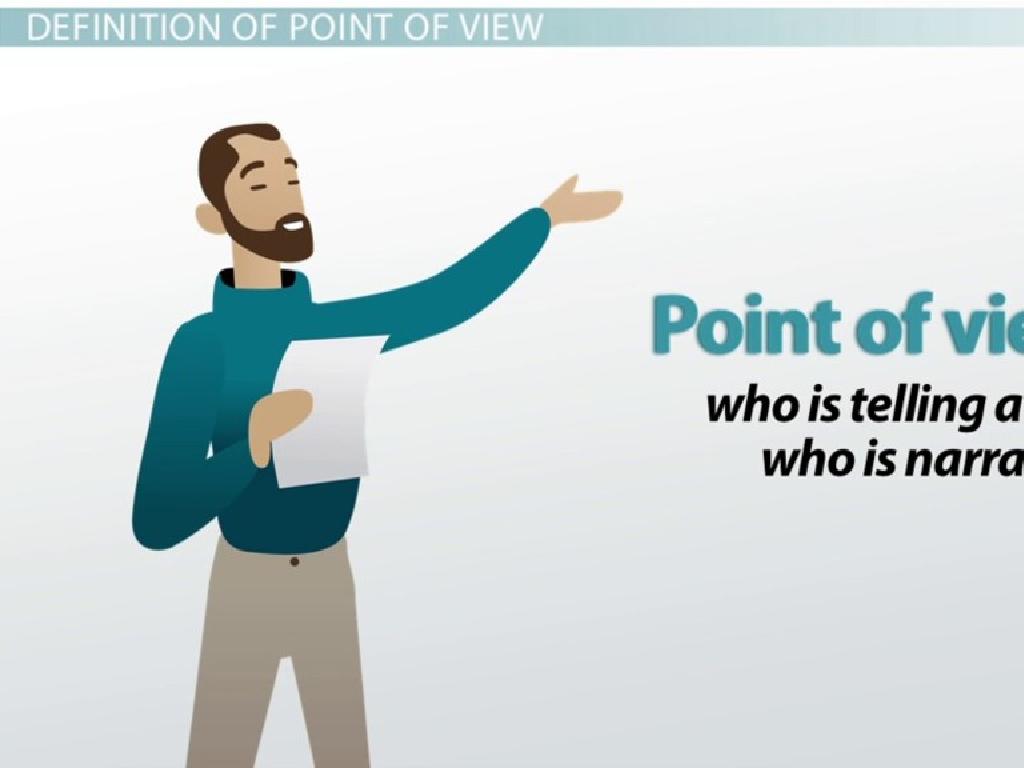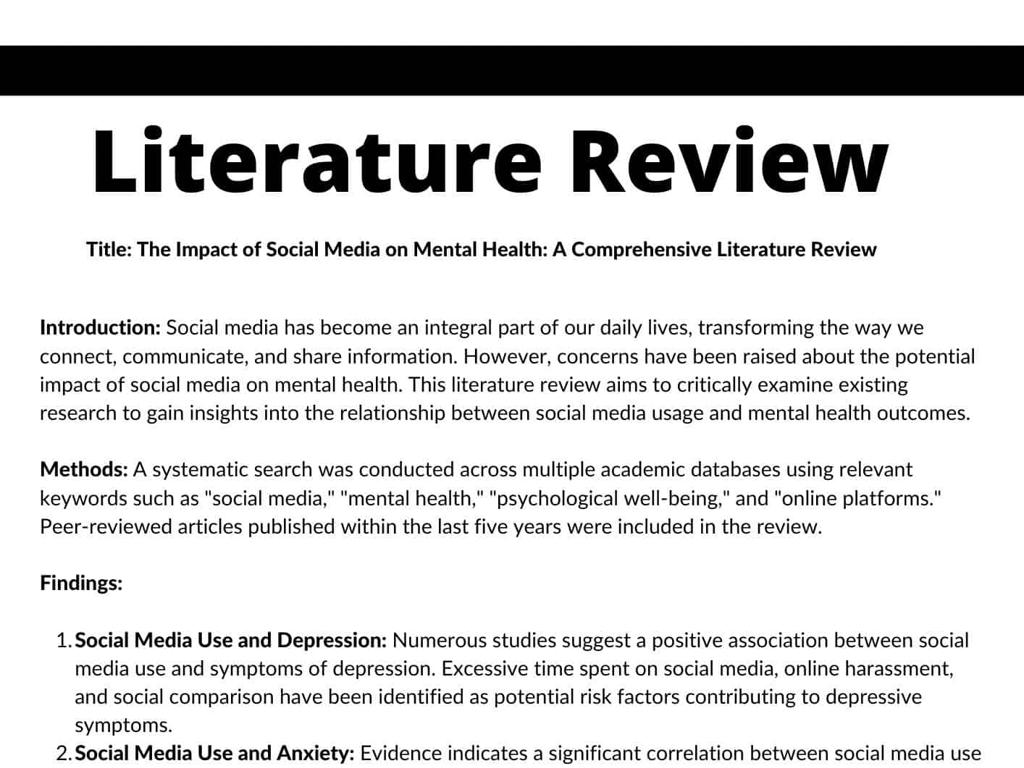Classify Objects By Color
Subject: Science
Grade: First grade
Topic: Shapes And Colors
Please LOG IN to download the presentation. Access is available to registered users only.
View More Content
Exploring Colors in Our World
– Colors are everywhere
– Colors help us describe objects
– Red apple, blue sky, yellow sun
– Colors show similarities or differences
– Red and blue are different; blue and sky are similar
– Fun with colors in class
|
This slide introduces the concept of colors to first graders, emphasizing their presence in everyday life and their role in categorizing and describing the world. Start by pointing out the colors in the classroom or on students’ clothing to make it relatable. Explain how colors help us identify and sort objects, like finding all the red toys in a toy box. Highlight that colors can show how things are the same or different, such as differentiating between a green apple and a red apple. Engage the class with a fun activity where they group objects based on color or draw pictures emphasizing the colors they see.
Exploring Colors
– What is color?
– Color is what our eyes see when light reflects off objects.
– Discovering different colors
– Red, orange, yellow, green, blue, purple are some basic colors.
– Colors as descriptors
– We use colors to describe things like ‘the blue sky’.
– Sorting objects by color
– Find things at home that are red, blue, or yellow and group them.
|
This slide introduces the concept of color to first graders. Begin by explaining that color is the result of light reflecting off objects and entering our eyes. Show examples of primary and secondary colors, and discuss how colors are everywhere in our world. Explain how we use colors to describe things, which helps us communicate better. For instance, saying ‘the yellow sun’ helps everyone know what you’re talking about. Lastly, engage the students in a sorting activity where they can classify objects based on their colors, reinforcing their understanding of the concept.
Colors We Know
– Exploring familiar colors
– Find and name red objects
– Look around to spot anything red like an apple
– Find and name blue objects
– Look around to spot anything blue like the sky
– Colors in the classroom & beyond
|
This slide is aimed at engaging first-grade students in a fun and interactive way to classify objects by color, a fundamental concept in their Science curriculum. Start by discussing colors that students are already familiar with. Encourage them to look around their immediate environment to find objects that are red and blue, reinforcing their understanding of these colors. Emphasize that colors are not just in our books but all around us – in the classroom and outside. This activity can be extended to a scavenger hunt where students find objects of different colors, which will help them to remember colors better and understand the concept of classification by color.
Classifying Objects by Color
– What does classifying mean?
– Classifying is like sorting socks by color!
– Today’s task: Sort by color
– We’ll group objects based on color today.
– Why sorting is useful
– Sorting makes it easier to find what we need.
– Colors help us organize
– Red apples, yellow bananas, green leaves
|
This slide introduces the concept of classification to first graders in the context of sorting objects by color. Begin by explaining that classifying is a way to sort or group things that are alike, similar to how they might sort their toys or crayons. Use tangible examples like sorting laundry to make the concept relatable. Emphasize that sorting by color today will help them understand how to categorize objects, which is a skill they use in everyday life. Explain that sorting helps us to be more organized and makes it easier to find things. Give examples of objects they might sort by color, such as fruits or items in the classroom, and encourage them to think of their own examples. This activity will set the foundation for understanding how scientists classify things in the world.
Let’s Practice Sorting by Color!
– Practice sorting with objects
– Sort objects into color groups
– We’ll use items like balls, blocks, and pencils
– Observe color group sizes
– Compare how many items are in each color group
– Understand color classification
|
This slide introduces a hands-on class activity to help students understand the concept of classification by color. Provide a variety of objects for the students to sort, such as colored balls, blocks, pencils, or toys. Guide them to group these items based on their colors and then discuss the size of each group. This activity will visually demonstrate the concept of sorting and classifying objects, reinforcing their understanding of colors. Encourage students to think about other ways items can be sorted, such as by size or shape, to extend the lesson. Prepare to assist students who may have difficulty with color identification and ensure that everyone is engaged in the activity.
Class Activity: Color Hunt
– It’s your turn to find colors!
– We’re going on a ‘Color Hunt’
– Find objects matching specific colors
– Look for red, blue, yellow, and more
– Bring them to our color stations
– Each color will have its own station
|
This activity is designed to help students apply their knowledge of colors by finding objects around the classroom that match specific colors. Set up different stations around the room, each labeled with a color. Instruct the students to search for items that correspond to these colors and bring them to the appropriate station. For example, a red apple would go to the red station, a yellow pencil to the yellow station, etc. This hands-on activity not only reinforces color recognition but also encourages teamwork and observational skills. Possible variations of the activity could include finding objects in a magazine picture, sorting their own belongings by color, or even a digital color hunt using pictures from the internet.
Sharing Our Color Hunt Findings
– Discuss our Color Hunt discoveries
– Describe objects and their colors
– Learn from classmates’ findings
– What did your friends find? How did they describe it?
– Explore new perspectives on colors
– How can the same color look different on various objects?
|
This slide is meant to facilitate a discussion among the students about their experiences during the Color Hunt activity. Each student will have the opportunity to share the colorful objects they found and describe them to the class. This exercise is not only about identifying colors but also about enhancing their descriptive language skills and learning to appreciate the variety of colors in different contexts. Encourage students to listen to their peers and think about how colors can appear differently on various objects or in different lights. This will help them understand the diversity of colors and how they are used in the world around them.
Colorful Conclusion
– Excellent work on color classification!
– Sorting colors is an everyday skill.
– Colors beautify our world.
– Think of how different colors make you feel.
– Keep observing colors around you!
– Try to find something of every color at home!
|
This slide wraps up the lesson on color classification, reinforcing the importance and prevalence of colors in everyday life. It’s meant to celebrate the students’ efforts in learning to sort objects by color. Highlight how the skill can be applied outside the classroom, such as organizing their toys or choosing clothes. Encourage them to continue observing the variety of colors in their environment and to appreciate the beauty colors add to the natural world. Ask them to share their feelings about different colors and to engage in a fun activity at home where they find objects representing every color of the rainbow.






